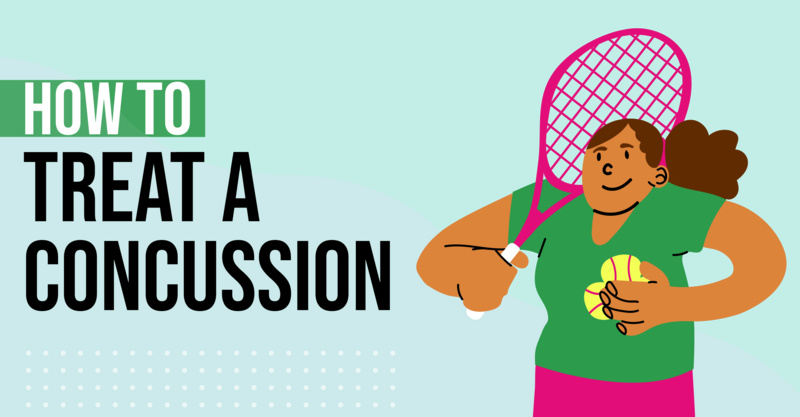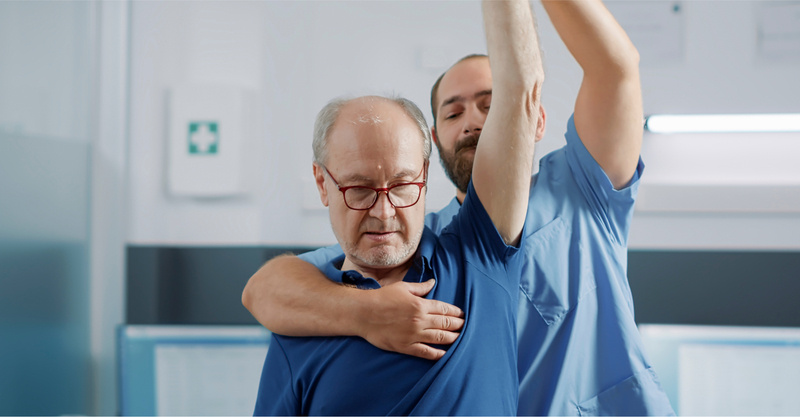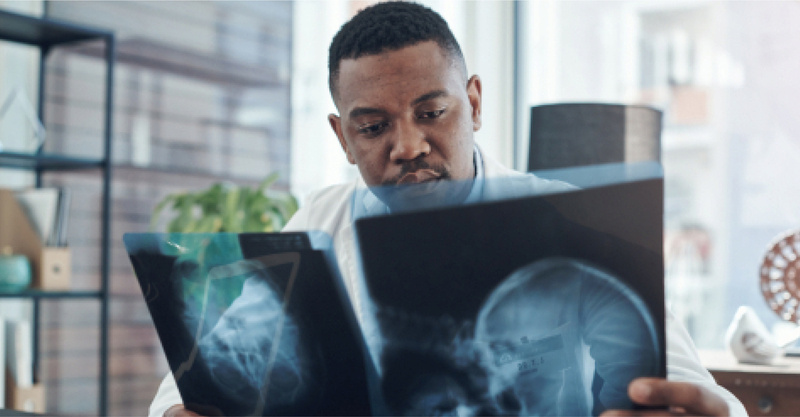Key Points
- Fractures, or broken bones, occur when excessive force is applied, with types ranging from displaced to non-displaced, and greenstick to open fractures.
- Symptoms include pain, swelling, and deformity. Causes encompass sports accidents, falls, vehicle collisions, and nutritional deficiencies.
- Diagnosis involves imaging tests like X-rays and CT scans, while treatment options vary from immobilization and surgery to medication and traction.
- At-home care, including pain and swelling management, immobilization, and nutrition, is vital for recovery. Urgent care clinics offer essential support for non-severe fractures.
What is a Fracture?
A fracture is a medical condition characterized by a break in the continuity of the bone. This break occurs when the bone is subjected to stress or force beyond its capacity to withstand, leading to a disruption in its structure. Fractures, colloquially known as broken bones, are common in various bones, with arm bones being particularly susceptible to such breaks, as noted by Boston Children's Hospital.
Types of Fractures
Fractures manifest in different forms and severities, primarily categorized into displaced and non-displaced fractures.
- Non-Displaced Fractures: In this type, the bone cracks or breaks but maintains its alignment, facilitating the healing process. Non-displaced fractures often result from mild to moderate trauma, like falls or direct blows during sports or play. Treatment typically involves immobilization using splints, braces, or casts to promote healing while minimizing pain and swelling. Examples include single non-displaced fractures, stress fractures (hairline fractures), and torus or buckle fractures.
- Displaced Fractures: These fractures are more severe, with the bone ends misaligned, necessitating intervention to realign them for proper healing. Displaced fractures include angulated, translated, and rotated fractures, each describing the bone ends' relative positions. These might require a procedure known as reduction, where the bone is realigned externally, followed by immobilization. In cases where reduction is not sufficient, surgical intervention may be necessary.
- Greenstick Fractures: Particularly seen in children, greenstick fractures are partial breaks where one side of the bone cracks while the other bends. This type is akin to breaking a green tree branch, which is why it's named "greenstick".
- Open and Closed Fractures: Fractures are also classified based on whether the skin is broken at the fracture site. Closed fractures have the bone broken without skin disruption, while open or compound fractures involve the bone breaking through the skin, necessitating immediate medical attention to prevent infections.
Symptoms of Fractures
Fractures present a range of symptoms that signal the need for immediate medical attention. The most prominent symptom is pain, which is often immediate and intensifies when attempting to use or move the affected area. Swelling and bruising around the injured site are also common, providing visual cues of the damage beneath the skin.
An obvious deformity in the injured area is a clear indicator of a fracture. This deformity may manifest as a bent or misshapen limb or joint, often accompanied by the inability to use or move the injured area in a normal manner. In some cases, individuals may experience warmth, bruising, or redness in the injured area, signaling inflammation and the body's response to injury.
For open fractures, where the bone punctures through the skin, there might be visible bone fragments, leading to increased risk of infection and requiring urgent medical intervention.
Causes and Risks of Fractures
Fractures result from various causes, with the common denominator being the application of excessive force or stress on the bone that it can't withstand. Sporting accidents are frequent culprits, where the involved physical activities impose significant stress on the bones. Falls from heights, whether during recreational activities or accidents, are also common causes, leading to fractures upon impact.
Vehicle accidents, including bicycles and cars, often result in fractures due to the collision forces involved. In children, the risk of fractures is often associated with their active lifestyle, which often involves running, jumping, and playing, sometimes leading to falls and injuries.
Nutritional factors also play a role in fracture risks. A diet low in calcium, which is crucial for bone health, can lead to weakened bones that are more susceptible to fractures. Similarly, poor overall nutrition and obesity can negatively impact bone health, increasing the risk of fractures in individuals.
Fractures in kids
Children's bones are distinct from adult bones, being more flexible and having unique fracture patterns. For instance, their bones might buckle or bend before breaking, leading to greenstick or buckle fractures. Furthermore, children have growth plates at the ends of their bones, which are areas of soft cartilage where growth occurs. These growth plates are vulnerable to injuries and fractures, which can affect the child's limb growth if not addressed promptly and appropriately.
Diagnosing and Treating Fractures
Diagnosis
Diagnosing fractures begins with a thorough examination of the injured area for signs like tenderness, redness, and swelling. Healthcare providers will order diagnostic imaging tests to ascertain the fracture type and decide on the appropriate treatment. The common diagnostic tests include:
- X-rays: These are primary tools that provide clear images of bones, helping in identifying the fracture location and type.
- Computed Tomography (CT) Scan: CT scans offer detailed cross-sectional images, useful for examining complex fractures, especially those around joints.
- Magnetic Resonance Imaging (MRI): MRIs are crucial for detecting stress fractures that might not immediately appear on X-rays. They offer detailed images of soft tissues and bones, aiding in the identification of hairline fractures before they worsen.
- Bone Scan: In certain cases, a bone scan might be necessary to detect fractures that aren’t visible on other imaging tests.
Treatment
The treatment for fractures depends on various factors, including the fracture type, its location, severity, and the patient’s age. Below are the common treatment approaches:
- Immobilization: Most fractures are treated by immobilizing the broken bone with a cast, splint, brace, or sling. This restriction in movement allows the bone to heal while minimizing pain and swelling. The specific immobilization device depends on the fracture type and location.
- Reduction: For displaced fractures, where bone ends are misaligned, a reduction procedure is necessary. This non-surgical process involves realigning the bones externally, followed by immobilization. Reduction is often performed under sedation or anesthesia to minimize pain during the procedure.
- Surgery: Severe or unstable fractures might require surgical intervention. Surgery becomes essential when non-surgical realignment isn’t possible or effective. During surgery, devices like pins, screws, or plates might be used to hold the bone pieces together as they heal.
- Medication: Pain management is a crucial part of fracture treatment. Patients might receive pain relievers and, in the case of open fractures, antibiotics to prevent infections.
- Traction: In some cases, traction might be used to align broken bones through steady, gentle pulling.
Each treatment approach aims to ensure that the bones heal in the proper alignment, minimizing the risk of future complications and restoring function to the affected area. For expert diagnosis and treatment, consider healthcare providers available through platforms like Solv, who offer immediate and appropriate care for fractures.
At-home treatment and care
At-home care is an integral part of the healing process once the initial treatment for the fracture is administered. Proper care at home can aid in faster recovery and provide relief from symptoms associated with fractures.
Pain Management
Managing pain is crucial. Over-the-counter pain relievers, such as ibuprofen or acetaminophen, can be used as per the healthcare provider’s recommendation to alleviate pain. It’s essential to follow the prescribed dosage to avoid potential side effects.
Swelling Reduction
Swelling is a common symptom following a fracture. Elevating the injured area can help reduce swelling. For instance, if you have a leg fracture, lying down and propping your leg up on pillows can be beneficial. Applying ice packs to the injured area for short durations can also help minimize swelling; however, make sure to wrap the ice pack in a cloth to prevent frostbite on the skin.
Immobilization
It’s imperative to keep the fractured area immobilized as directed by the healthcare provider. If a cast, splint, or brace is provided, it should be worn consistently, and any signs of wear and tear should be reported to the healthcare provider for possible adjustments or replacements.
Physical Activity Modification
Limiting physical activity is often necessary to prevent further injury to the fractured bone. Engage in light movements and exercises as advised by the healthcare provider or physical therapist to maintain joint flexibility and muscle strength without compromising the healing process.
Follow-Up Care
Adhering to scheduled follow-up appointments is vital for monitoring the healing progress. These appointments allow healthcare providers to adjust treatment plans as necessary, providing guidance on when it’s safe to resume normal activities.
Nutrition
A diet rich in essential nutrients, particularly calcium and vitamin D, supports bone health and healing. Incorporating foods like dairy products, green leafy vegetables, and fortified foods can contribute positively to the recovery process.
Warning Signs Monitoring
Be vigilant about signs of complications, such as increased pain, swelling, numbness, or signs of infection around the injured area. If any of these symptoms are observed, seeking immediate medical attention is crucial.
At-home treatment should be seen as a supportive measure complementing professional medical care. Always follow the specific instructions and recommendations provided by healthcare professionals to ensure a smooth and speedy recovery. For expert advice and treatment options, consider consulting healthcare providers available through Solv.
Role of Urgent Care
Urgent care clinics, like those affiliated with Solv, play a vital role in providing prompt medical attention for non-severe fractures, ensuring professional and timely care without the need for emergency room visits.
Questions to Ask Your Doctor About Fractures
- What type of fracture do I have?
- What is the expected healing time?
- Do I need surgery?
- What are the potential complications?
- How can I manage pain at home?
- When can I resume normal activities?
Fractures are Also Known As
- Broken bones
- Greenstick fracture (in children)
- Buckle fracture (in children)
- Stress fracture (hairline fracture)
Final Thoughts
Understanding fractures is crucial for prevention and appropriate response during accidents. For immediate, quality healthcare access, consider booking an appointment with healthcare providers through Solv, ensuring a simplified and convenient healthcare experience.
Frequently asked questions
What is a fracture?
A fracture is a medical condition where a bone breaks due to stress or force beyond its capacity.What are the symptoms of a fracture?
Symptoms of a fracture include pain, swelling, bruising, and deformity in the injured area.How are fractures diagnosed?
Fractures are diagnosed through a thorough examination and imaging tests like X-rays, CT scans, MRIs, and bone scans.What factors can cause a fracture?
Fractures can result from sporting accidents, falls, vehicle accidents, and even nutritional factors.How are fractures treated?
Treatment for fractures depends on the type, location, and severity of the fracture, as well as the patient’s age. It can range from immobilization and reduction to surgery, medication, and traction.What is the role of at-home care in fracture management?
At-home care for fractures includes pain management, swelling reduction, immobilization, physical activity modification, follow-up care, nutrition, and monitoring warning signs.Can urgent care clinics treat fractures?
Yes, urgent care clinics can provide prompt medical attention for non-severe fractures.What should I discuss with my doctor if I have a fracture?
It's important to ask your doctor about the type of fracture, healing time, need for surgery, potential complications, pain management, and when you can resume normal activities.
Solv has strict sourcing guidelines and relies on peer-reviewed studies, academic research institutions, and medical associations. We avoid using tertiary references.










